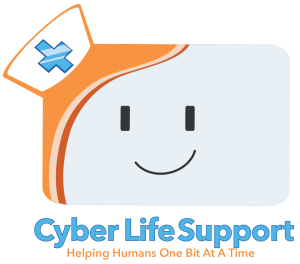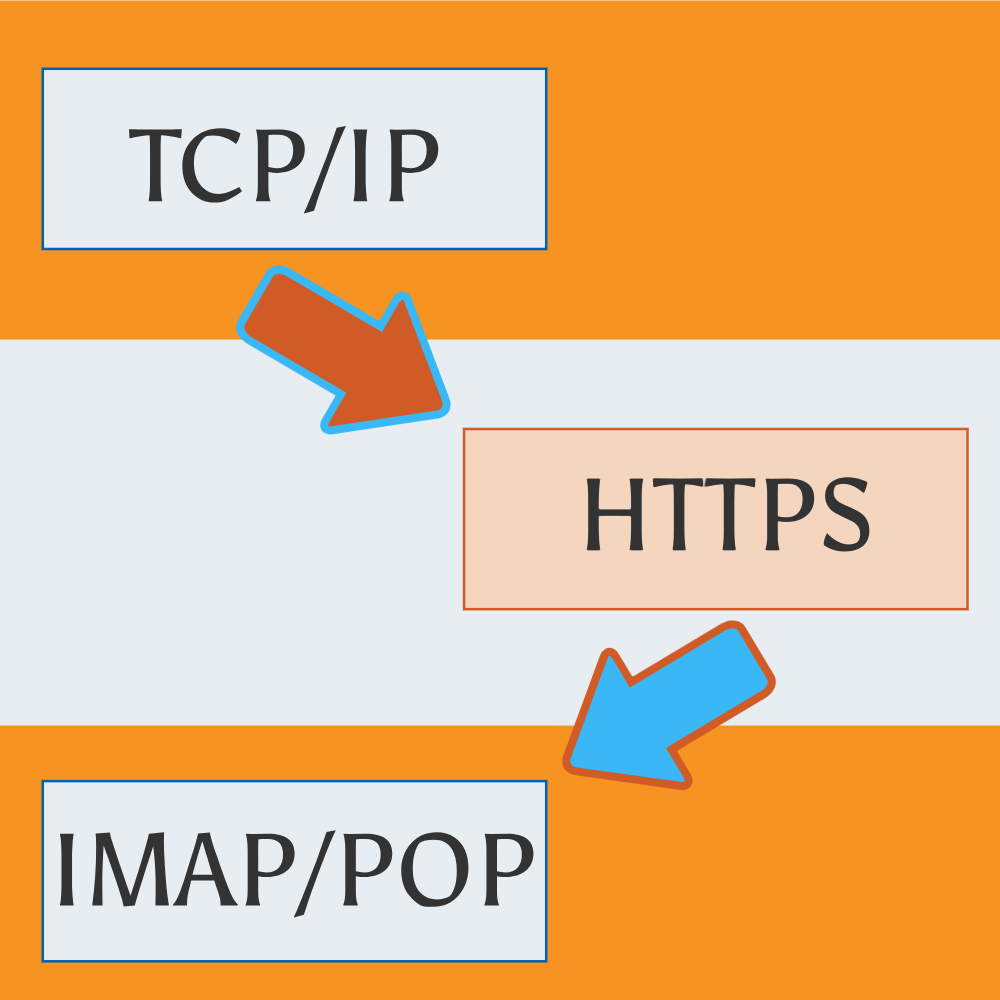Protocols are something you probably don’t pay much attention to or think about, but they’re something that you use all the time when you’re on the computer. You may have made the decision to try to use a specific protocol over another protocol without even realizing what you were doing.
To torture a metaphor you could say that that protocols are like the water of the sea that is the internet (and other stuff but we’ll get to that) and we’re the fish that can hardly notice them until they’re gone.
I’ll try not to get too technical in this article, because most of the details aren’t going to be relevant to you. Unfortunately some of the things I’m going to be covering can’t really be properly covered without delving into some of the more nerdy aspects.
But we can’t worry about getting into too many details if we don’t have an understanding of the basics, so! What is a Protocol?
A Protocol is a bit of standardized programming and identification that allows two different systems to interact without difficulty. When it’s put like that it seems incredibly simple doesn’t it? That’s because in concept it absolutely is, but because it needs to work for such a wide variety of different systems it can get very complicated and granular.
Some of the protocols you might be using every day are the basic Internet Protocol, Hypertext Transfer Protocol Secure (HTTPS), Transmission Control Protocol, Internet Message Access Protocol, and probably a few more. The part where it gets complicated is that you’re often going to be using multiple of these protocols at the same time, in sequences known as “layers.”
Let’s start with a quick look at a very normal everyday thing, checking your email through the website. (Gmail, Aol, Yahoo, whichever) The first protocol layer you go through is the TCP/IP package: a standardized pair of protocols for interacting with the internet, then you go through HTTP(S): a standardized (Secure) protocol for interacting with websites, and finally you’ll go through an IMAP or POP: standardized protocols for interacting with something that can send and receive messages over the internet
That’s a bit of a simplified version of things, and there are plenty of other commonly visited sites that have even more protocols to engage with, from financial information exchange protocols to social media account protocols. Most protocols currently in use are highly tested, standardized, and secure.
If you’re coming to this article from the one on social media sites you probably have some questions about what that means for the Mastodon and Bluesky federated social media protocols.
The first thing to understand is that they are, as best as can be tested, at least as safe as the majority of other protocols. The second thing to understand about them is that they have significant differences from other social media sites, and the third is that it’s the same for each other.
These differences are pretty easy to understand, but much more difficult to explain, particularly without getting into dry technical details. So let’s start with a normal social media site and an analogy, everything for those is one place, your account, your friends accounts, the site’s ability to show you things. Everything about it is built into one space, sort of like an office or apartment building, everyone has their own space but it’s still the same building.
Mastodon isn’t that different, your account is still held on the particular Mastodon instance you made it on, still in the same ‘building’ as it were, except there are little connecting bridges to other buildings. Those bridges being representative of the ActivityPub Protocol. You can go there and other people can come over, but they still end up back at their space in the building that they started from. And in this loose analogy you can’t really move out to a different building from the one you have a space in. That’s what makes Bluesky’s ATProtocol different.
The ATProtocol that Bluesky developed and built their functions around is a lot more flexible in that way, more akin to something like having a camper van set up at a specific campsite, or having a moving van ready in the garage of your house in a gated community. (I seem to have chosen a poor analogy for clarity on this difference.) Now that was a bit of a stretch of a simplification, but the way the PDS(Personal Data Server) and DID(Decentralized IDentifier) work allow you to not just see and share posts with other ATProtocol servers, but fully migrate your account between them. Combine this with it having room to build more forms of functionality on and it looks likely it’ll become a new standard within a few years for federated social media content.
This has all been a pretty shallow look at this cornerstone of our internet, but the important thing for most people is that protocols are a core part of how you access everything from Youtube to your emails. They may seem, and to an extent be, complicated, but that’s only because we’ve made so many different things and have so many different viewpoints to share.

